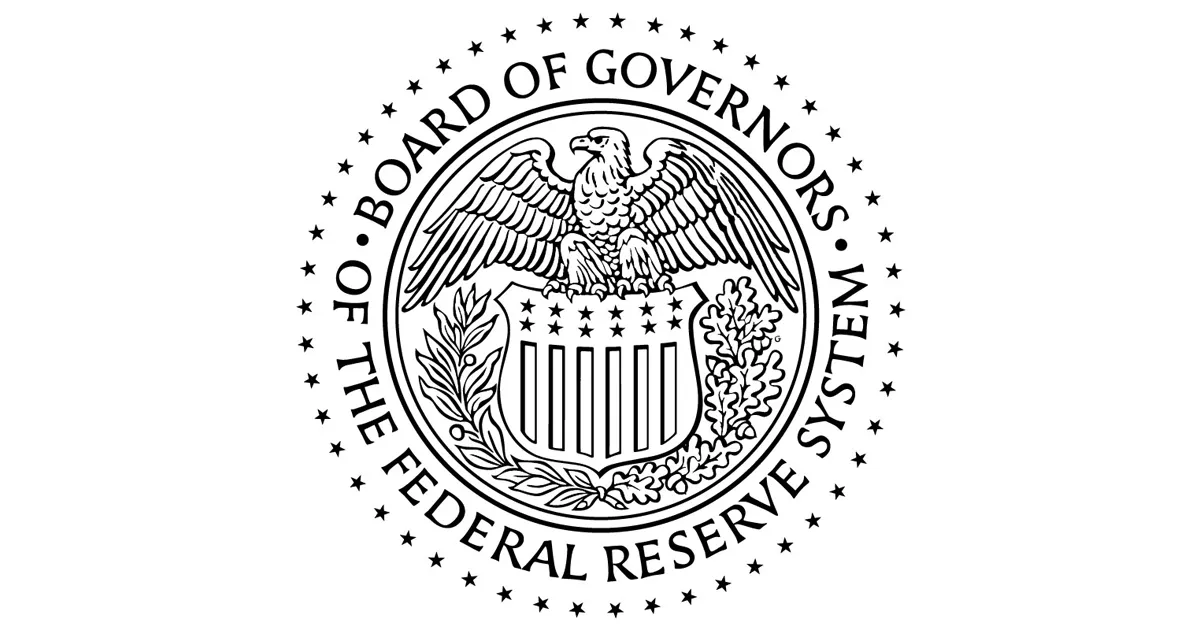
As we delve into the state of the U.S. economy, it's evident that the real sector is holding steady. However, the journey to reducing inflation has been inconsistent. Following promising inflation data in November and December, January's figures were less encouraging, highlighting the uneven progress in inflation control. The current monetary policy stance continues to exert downward pressure on economic activities and inflation. If the current slowdown in inflation improvement is temporary, similar to last year, further policy easing might be necessary. Yet, until clarity is achieved, maintaining a steady policy rate seems prudent.
Household and business spending have shown remarkable resilience. The real Gross Domestic Product (GDP) growth remains solid, bolstered by a strong labor market. Recent employment data, including 2024 revisions, suggests the labor market is thriving. However, January's inflation data echoed concerns from early 2024, raising fears that the progress towards the 2 percent inflation target might stagnate. Nonetheless, subsequent data in 2024 showed consistent progress in reducing inflation. The pivotal question is whether similar progress will be observed later this year.
Inflation trajectory plays a crucial role in shaping monetary policy decisions. The ongoing robust labor market supported the Federal Open Market Committee's (FOMC) decision to maintain the policy rate at January's end. Despite positive inflation reports in November and December, January's inflation rebound warranted concern, validating the decision to hold steady. Economic policy uncertainty is a constant, necessitating data-driven actions regardless of prevailing uncertainties.
Looking back, the FOMC has navigated uncertainty skillfully. In March 2022, amidst rising inflation and geopolitical tensions due to the Russia-Ukraine conflict, the FOMC initiated policy rate hikes. Similarly, in March 2023, despite banking system stresses from the failures of Silicon Valley Bank and Credit Suisse, the Federal Reserve continued to address inflation through policy rate hikes, underscoring the importance of navigating uncertainty decisively.
Recent economic data showcases a steady real GDP growth rate of 2.3 percent in the fourth quarter, with personal consumption expenditures (PCE) rising by 4.2 percent. Despite January's retail sales dip, attributed to volatile data and cold weather, business sentiment remains positive. The manufacturing index reached 50.9, signaling expansion for the first time since October 2022. Forecasts predict continued growth, but the potential impact of proposed tariffs remains uncertain, warranting close observation.
The labor market remains balanced, with employers finding it easier to fill positions despite strong demand for workers. The unemployment rate decreased to 4 percent, with 143,000 jobs added in January, slightly down from the previous quarter. Wage growth is robust, outpacing price increases, and consistent with productivity gains, aligning with the 2 percent inflation goal.
January's Consumer Price Index (CPI) inflation data was somewhat disappointing, with total CPI inflation at 0.5 percent and core at 0.4 percent. However, PCE inflation estimates are less alarming, suggesting a modest bump in core inflation. The persistent pattern of higher inflation in early months raises questions about residual seasonality in inflation data. Understanding this pattern is crucial for assessing progress towards the 2 percent inflation target.
The divergence between long-term interest rates and the FOMC's policy rate since September highlights the complexity of monetary policy. Despite a 100 basis point reduction in the policy rate, 10-year Treasury yields have risen, influenced by global factors beyond the FOMC's control. This divergence underscores the intricate interplay between market and policy rates.
In conclusion, the labor market's resilience and inflation's slow progress necessitate a restrictive policy setting to achieve the inflation goal. For now, a pause in rate cuts is advisable, awaiting further data to assess inflation trends. Economic data should guide policy actions, avoiding speculation-induced paralysis. As the year unfolds, the data will dictate whether further rate cuts are warranted.